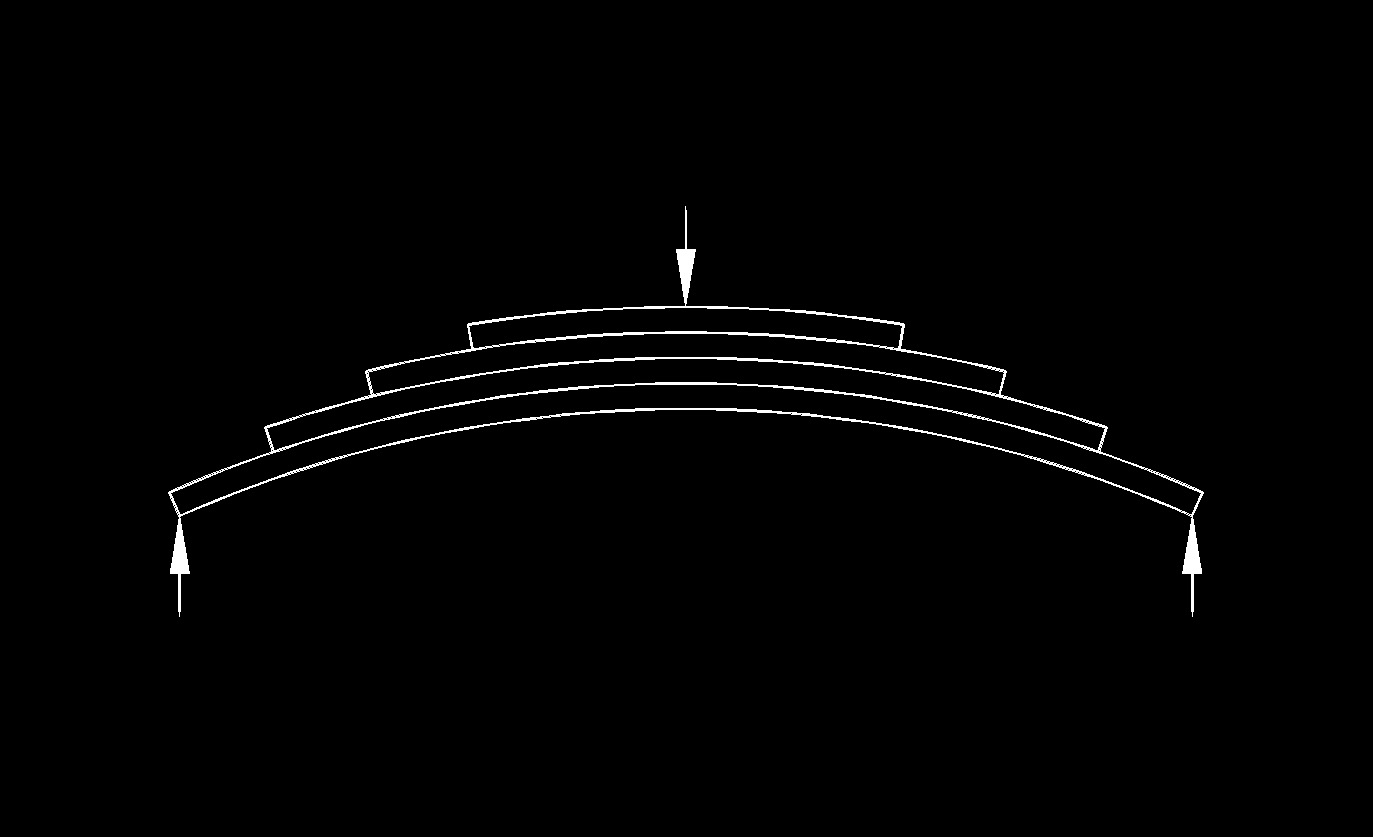Elasticity
 Elasticity, abbreviated E or ELAS, measures the stiffness of an elastic material. Elasticity can deform under the influence of an applied force and return to their original shape and size once the force is removed. It is the measure of a material's response to stress and strain. When a force or stress is applied to a material, it causes a deformation or strain in the material.
Elasticity, abbreviated E or ELAS, measures the stiffness of an elastic material. Elasticity can deform under the influence of an applied force and return to their original shape and size once the force is removed. It is the measure of a material's response to stress and strain. When a force or stress is applied to a material, it causes a deformation or strain in the material.
Elastic materials exhibit the property of elasticity, meaning that they can undergo reversible deformations and return to their initial shape and size once the force is released. This behavior is often described as "spring-like" or "rubber-like." The elastic response of a material is governed by Hooke's law, which states that the stress is directly proportional to the strain within the elastic limit of the material.
Different materials have different elastic properties, and their response to stress can vary. For example, metals generally have high Young's modulus and exhibit elastic behavior up to certain limits. Rubber and certain polymers, on the other hand, have lower Young's modulus and can undergo larger deformations before reaching their elastic limit.
It's important to note that all materials have a limit to their elastic behavior. If the applied stress exceeds this limit, the material may undergo plastic deformation or even fracture. The point at which permanent deformation begins is known as the yield point. The concept of elasticity is widely used in various fields of science and engineering, such as material science, structural engineering, and solid mechanics. Understanding the elastic behavior of materials is crucial for designing structures, predicting the response of materials under load, and ensuring the reliability and safety of engineering components.

